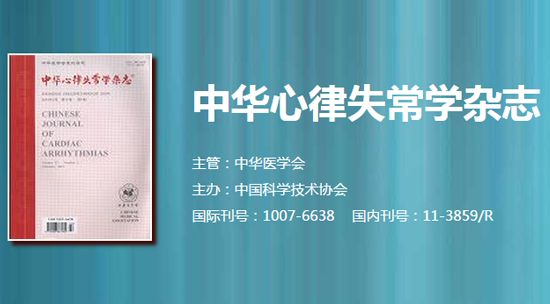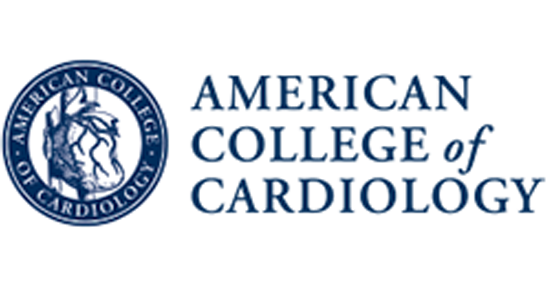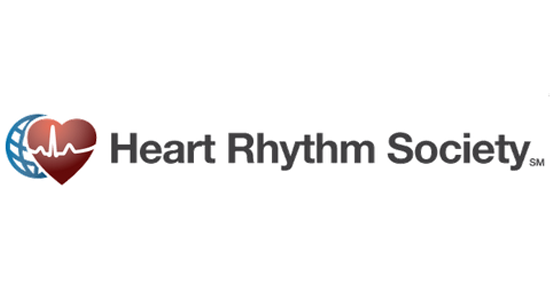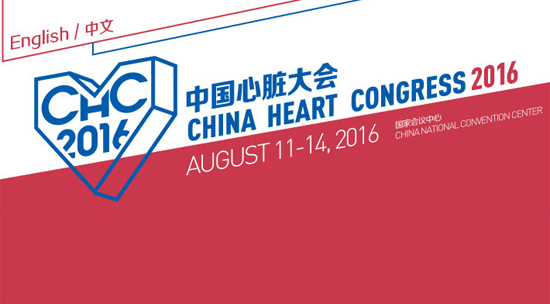HeartRhythm主编—陈鹏生教授语音速递(四月刊 英文版)
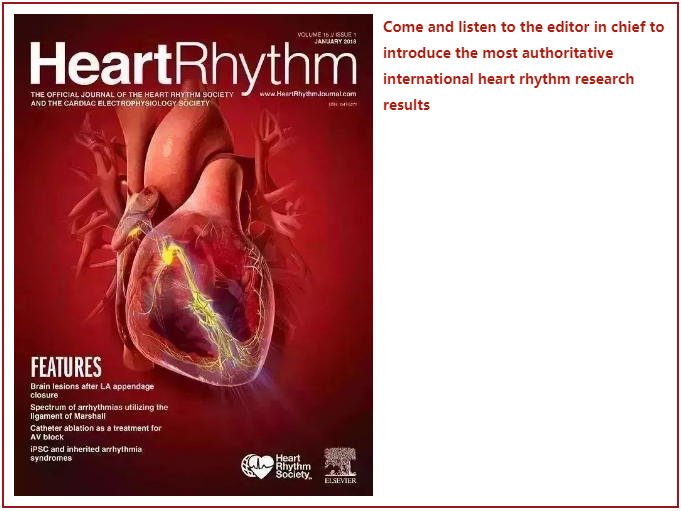

Peng-Sheng Chen
Hello, this is Dr. Peng-Sheng Chen, the Editor-in-Chief of Heart Rhythm.
The first article of the April 2023 issue is titled “Right bundle branch pacing: Criteria, characteristics, and outcomes”. The authors found that RBBP was observed in 19.2% of patients (64 of 326) targeted for His bundle pacing. The RBBP is present mainly among patients with potential to QRS complex interval <35 ms and occasionally among the remaining patients. RBBP was characterized by a longer QRS complex (by 10.5 ms), longer V6RWPT (by 11.6 ms), and better sensing (by 2.6 mV) compared with HBP. During a median follow-up duration of 29 months, no differences in capture threshold, echocardiographic outcomes, or mortality were found. The authors conclude that RBBP has distinct features that separate it from HBP and is observed in approximately a fifth of patients in whom HBP is intended.
The second article is titled “Single beta-blocker or combined amiodarone therapy in implantable cardioverter-defibrillator and cardiac resynchronization therapy-defibrillator patients: Insights from the German DEVICE registry”. A total of 4499 patients were enrolled from March 2007 to February 2014. Amiodarone had no significant effect on the success of defibrillation testing. However, 1-year overall mortality was significantly higher in the beta-blocker plus amiodarone cohort (adjusted hazard ratio 2.09; P <.001). Among the surviving patients, amiodarone was not associated with a significantly reduced risk of ICD discharges or syncopal events. These data suggest an increased all-cause mortality under amiodarone therapy, especially in the subgroups of patients with sinus rhythm or severely reduced left ventricular function.
Next up is “Cardiovascular Implantable Electronic Device Lead Safety: Harnessing Real-World Remote Monitoring Data for Medical Device Evaluation”. Among 48,191 actively monitored patients with a cardiovascular implantable electronic device, 1170 (2.4%) had incident lead abnormalities detected by remote monitoring. Of these, 409 patients had administrative codes for lead failure, and 233 of these 409 patients (57.0%) had structural lead failure verified through chart review. In addition, 200 patients without preceding abnormal remote monitoring transmissions had leads abandoned or extracted for structural failure, making the total lead failure cohort 600 patients (66.7% with remote monitoring abnormalities, 33.3% without). The authors conclude that remote monitoring may strengthen real-world assessment of lead failure.
The next paper is “Tumescent Local Anesthesia Versus General Anesthesia for Subcutaneous Implantable Cardioverter Defibrillator Implantation: A Cost-Effectiveness Analysis”. The present study is a prospective, nonrandomized, controlled study of 70 patients who underwent S-ICD implantation between 2019 and 2022. The total cost of the electrophysiology laboratory was higher in the GA group than in the TLA group, with a net saving of $20,821 when compared with GA for each S-ICD implantation. There was a significant decrease in post-procedural pain scores in the TLA group compared to the GA group. The authors conclude that TLA is a more cost-effective alternative to GA for S-ICD implantation, and is associated with reduced postprocedural pain.
Up next is “His Bundle Pacing and AV nodal ablation for non-controlled atrial arrhythmia: a technical challenge with major clinical benefits”. AVNA following HBP lead implantation was performed in 75 patients. No lead dislodgment occurred during the AVNA procedures. Acute His-bundle (HB) capture threshold increase >1 V occurred in 11 patients (15%), with a return to baseline value on day 1 in 9 patients. New York Heart Association functional class and left ventricular ejection fraction significantly improved from baseline to the last follow-up. The authors conclude that AVNA combined with HBP for noncontrolled atrial arrhythmia was feasible and clinically efficient. Implanting the HB lead on the ventricular aspect of the tricuspid annulus and avoiding atrial signal recording can facilitate AVNA.
Next up is “Electrocardiogram Belt Guidance for Left Ventricular Lead Placement and Biventricular Pacing Optimization”. The ECG Belt system (EBS) is a novel surface mapping system designed to measure electrical dyssynchrony via the standard deviation of the activation times of the left ventricle. A total of 408 patients were randomized to EBS and control to guide LV lead placement. Although both patients with EBS and control patients had a mean improvement in left ventricular end-systolic volume, there was no significant difference in relative change from baseline (P = .26). The findings of the present study do not support EBS-guided therapy for CRT management of heart failure with reduced ejection fraction.
The next paper is “Remote interrogation and reprogramming of cardiac implantable electronic devices using a custom multi-vendor solution”. The solution consists of remote controlling CIED programmers through screen capture and remote cursor control. A total of 115 remote interrogations were performed in 110 patients. Complete CIED interrogations succeeded in all patients with reprogramming in 56 of 115 sessions (49%). No clinical or technical complications occurred. The authors conclude that remote interrogation and reprogramming of CIEDs are feasible and safe across disparate clinical contexts and distances. This strategy may enhance healthcare access and facilitate medical training, tele-expertise, and telework worldwide.
Up next is “Cardiopulmonary capacity is reduced in children with ventricular arrhythmia”. The study group consisted of 49 children with PVCs and normal left ventricular function. The control group consisted of 36 healthy volunteers. In 37 of 49 patients (76%), arrhythmia subsided during exercise. Patients achieved lower VO2max than controls. %VO2 was 71.0 in patients and 79.3 in controls. Patients with persisting arrhythmia performed worse than those in whom arrhythmia subsided during exercise. The authors conclude that patients with PVCs have lower aerobic capacity than their healthy peers. Further worsening of exercise capacity is present when PVCs are preserved during effort.
Next up is “Safety evaluation of smart scales, smart watches, and smart rings with bioimpedance technology shows evidence of potential interference in cardiac implantable electronic devices”. The interference at pacing electrodes was determined by simulations on a male and a female computable model. Simulations showed evidence of interference with voltage values exceeding threshold values defined in the ISO 14117 standard. The level of interference generated with smart scale and smart rings simulations was lower than with smartwatches. Across device manufacturers, generators demonstrated susceptibility to oversensing and pacing inhibition at different signal amplitudes and frequencies. These results indicate that consumer electronic devices could interfere with patients with CIEDs. The present findings do not recommend using these devices in this population due to potential interference.
The next article is “Heart sound-derived systolic time intervals for atrioventricular delay optimization in cardiac resynchronization therapy”. Five pigs with AV block underwent biventricular pacing (BiVP), while phonocardiography was collected from an epicardial accelerometer. In 21 patients undergoing cardiac resynchronization therapy device implantation, PCG was recorded with a pulse generator-embedded microphone. The authors found that during BiVP with varying AV delays, close relations exist between PCG-derived systolic time intervals and hemodynamic parameters. AV delays advised by PCG-derived systolic time intervals cause only a minimal loss of pump function compared with those based on invasive hemodynamic measurements.
Up next is “Curcumin, a Dietary Natural Supplement, Prolongs the Action Potential Duration of KCNE1-D85N Induced Pluripotent Stem Cell-Derived Cardiomyocytes”. The study was done with KCNE1-D85N-derived human-induced pluripotent stem cell-derived cardiomyocytes (iPSC-CMs). The authors shows that these cardiomyocytes demonstrated significant APD prolongation with the treatment of 10 nM curcumin. This study provides pharmacological and functional evidence to suggest that curcumin, a dietary natural supplement, might cause APD prolongation in patients with common, potentially proarrhythmic functional variants such as KCNE1-D85N.
The next one is “SGK1 Inhibition Attenuates the Action Potential Duration in Re-Engineered Heart Cell Models of Drug-Induced QT Prolongation”. Inhibition of serum and glucocorticoid regulated kinase-1 (SGK1) reduces the APD in induced pluripotent stem cell-derived cardiomyocytes (iPSC-CMs) derived from patients with congenital long QT syndrome.The APD was prolonged in normal iPSC-CMs treated with dofetilide. The authors found that 10 mM mexiletine, 30 nM of SGK1-I1 and 300 nM SGK1-I2 shortened the APD90 of dofetilide-treated iPSC-CMs. The authors conclude that these novel SGK1-Is substantially attenuated the pathological APD prolongation in a human heart cell model of drug-induced QT prolongation.
There are 4 contemporary reviews in this issue. The first one is titled “Systematic review of long QT syndrome identified during fetal life.” The authors conclude that a longer fetal QTc and the combination of antenatal VT/TdP or functional 2:1 AVB and lack of family history of LQTS were predictive of death. A second review is “A systematic review of global autopsy rates in all-cause mortality and young sudden death”. The authors conclude that most countries globally do not report autopsy rates in either all-cause death or in sudden death. Without transparent reporting of autopsy rates, global burdens of disease and rates of sudden cardiac death cannot be reliably calculated. A third review is “New insights in atrioventricular nodal anatomy, physiology and immunochemistry”. The authors tried to identify the slow potential of nodal and inferior extension structures by using automated mapping of atrial activation during both sinus rhythm and typical slow-fast AVNRT. This was followed by a Creative Concept paper titled “New Insights Into the Mechanisms of Fast and Slow Conduction in the Atrioventricular Node”. The authors conclude that the inferior extensions, and part of the ring tissues, comprise the substrate of the so-called slow pathway during reentry.
The journal also publishes 7 Research Letters. The first is titled “Magnetomechanical Fetal Cardiac Imaging: Feasibility of a New Multimodal Technique”. The authors showed the feasibility of simultaneous fetal magnetocardiography–fetal echocardiography using a modified version of a fetal magnetocardiography system. The next one is “Flecainide in patients with arrhythmic mitral valve syndrome”. The authors reported a reduction of VA after initiating flecainide and low-dose beta-blockers. A third letter is “Morbid Obesity is associated with Increased Procedural Complications and Worse In-Hospital Outcomes after Percutaneous Left Atrial Appendage Occlusion Device Implantation.” The authors report that morbidly obese patients had significantly higher adjusted odds of overall complications than did nonobese patients. That letter is followed by one titled “Cardioneuroablation for carotid sinus syndrome. A case series”. The authors report that during follow-up of 12–17 months, none of the five patients had syncope recurrences or sinus pauses >2 seconds on Holter recordings. The fifth one is “Detection and identification of cardiac implanted electronic devices in a large dataset of chest radiographs using semi-supervised artificial intelligence methods.” The authors demonstrated that convolutional neural networks could be used to detect CIED, quantify image quality, as well as identify CIED manufacturer and device type. The 6th letter is “Knowledge, preferences of post-explant management and opinions towards reuse of patients with cardiac implantable electronic devices.” The authors found that the vast majority of patients with CIEDs are willing to donate devices to patients without access to new devices. The final Research Letter is “Incidence of Infranodal Conduction Delay in Patients with Left Bundle Branch Block after Transcatheter Aortic Valve Replacement: Impact of the 2021 ESC Guidelines for Cardiac Pacing.” The authors conclude that in patients with LBBB after TAVR, the incidence of infranodal conduction delay is 10%. Predefined surface ECG criteria offer excellent safety for ruling out infranodal conduction delay, especially in women.
I hope you enjoyed this podcast. For Heart Rhythm, I’m the Editor-In-Chief, Dr. Peng-Sheng Chen.
